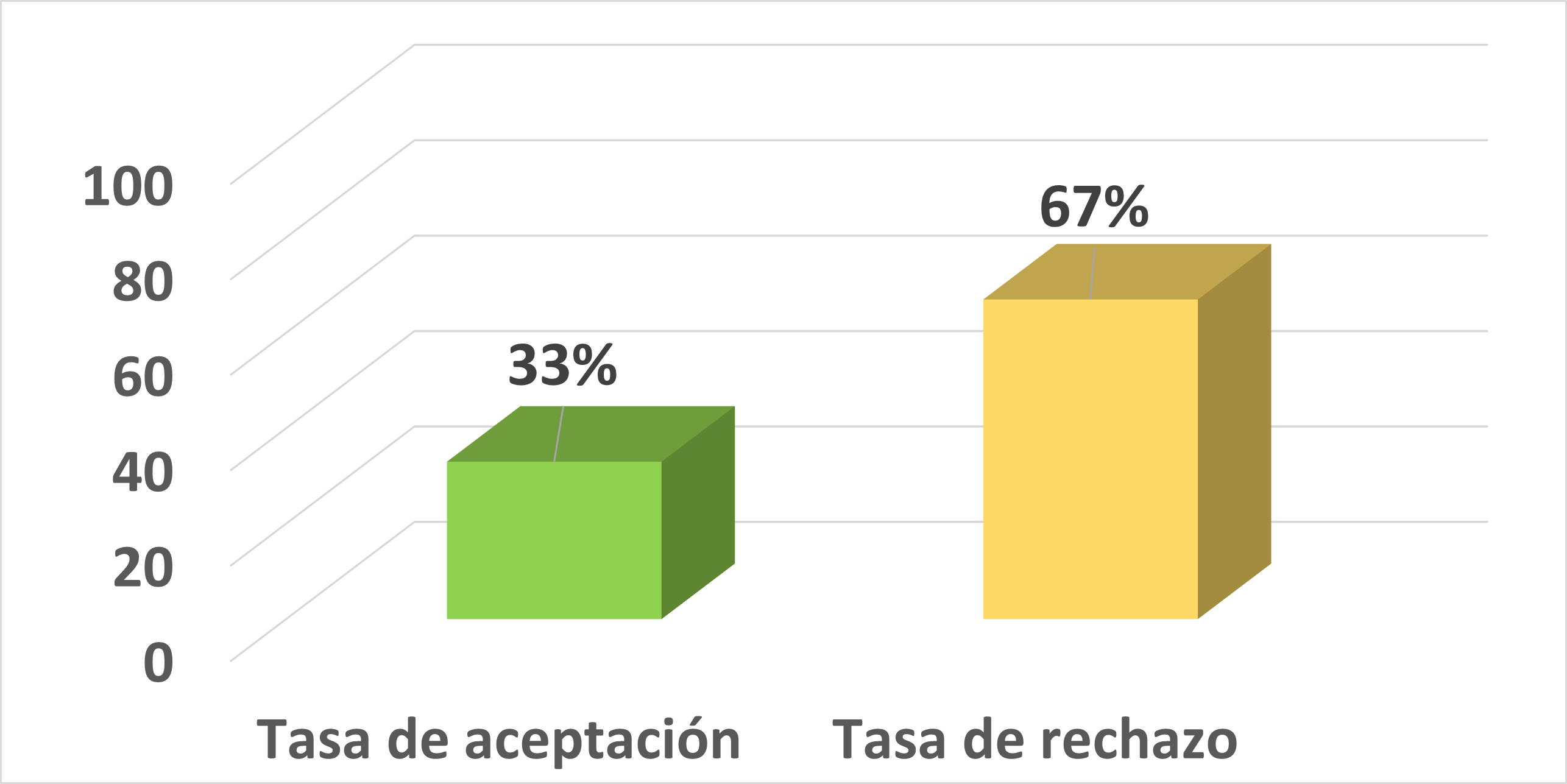Caracterización y potencial de uso de especies frutales nativas de la región sur de la amazonía ecuatoriana
Abstract
In the southern Amazon region, in the provinces of Zamora Chinchipe and Morona Santiago, although most of its territory is affected by human activities like, deforestation, mining and livestock, which have generated a high rate of genetic erosion. There is still a diversity of native fruit species in the wild and semi-cultivated, which deserve to be studied for the benefit of society as valued and have been little known by most of colonizing people; rather they introduced new species to replace indigenous ones. The use given to these species is more responsive to Aboriginal culture as a source of food and natural medicine. Neither, they don`t have worried about its domestication and cultivation tech, because the areas that they receiving the benefit are undisturbed, with forest and natural vegetation.In this ecological and cultural context, the CEDAMAZ, has started a research program in Amazonian Fruit (FRUTAMAZ - SUR) to identify, characterize and propagate the promising native species fruit, that have nutritional importance in the province of Zamora Chinchipe, fruit farming as an alternative for the region.In this form, at the end of 2010, we have identified and characterized 31 species of fruit production potential and promising to food, originating from different corners of the province of Zamora Chinchipe. The main species are: achu Mauritia flexuosa, sacha chirimoya Rollinia mucosa, árbol de pan Artocarpus altili, borojo Borojoa patinoi, cacao Theobroma cacao, cacao de monte Herrania sp., caimito Pouteria caimito, chontaduro Bactris gasipaes, copoasu Theobroma grandiflorum, granadilla Passiflora nítida, guaba Inga sp., guanabana Annona muricata.References
Acero D. 1979. Principales Plantas Útiles de la Amazonia Colombiana. Proyecto Radargramétrico del Amazonas. Bogotá, Colombia. 169 pp
Bresse 1989. Diversidad de Plantas Cultivadas. www.humboldt.org.
Castañeda R. 1969. Frutos Silvestres de Colombia. Bogotá, Colombia. 420 pp.
Esquinas A. 1993. Recursos Fitogenéticos. www. agroinfo.com.
FAO. 1996. Erosión Genética de Especies. www. fao.org.
Flores P.S. 1996. Diagnóstico de Frutales Nativos en la Región Loreto: Descripción Dendrológica. Caritas-Iquitos. s.p.
Gonzales A. 2007. Frutales Nativos Amazónicos: Patrimonio Alimenticio de la Humanidad. IIAP. Iquitos, Perú. 76 pp.
Gonzales A. 1997. Cultivo de Frutales Nativos Amazónicos. Iquitos, Perú. 310 pp.
León J. 1968. Fundamentos Botánicos de los Cultivos Tropicales. Lima, Perú. 487 pp.
Pennington P.D. 1998. Descripción General y Botánica de 40 Árboles de la Región Ecuatoriana de Lumbaqui. Quito, Ecuador. 97 pp.
Peters C.M. 1987. Análisis Bromatológico de algunos Frutales Nativos de la Amazonía Peruana. Iquitos, Perú pp. 28-34.
Valarezo C. 2004. Características, Distribución, Clasificación y Capacidad de Uso de los Suelos en la Región Amazónica Ecuatoriana. Loja, Ecuador. 201 pp.
Vasquez R. 1997. Flora de las Reservas Biológicas de Iquitos, Perú. Iquitos, Perú. 820 pp.
Downloads
Published
How to Cite
Issue
Section
License
Those authors who have publications with this journal, accept the following terms:
- After the scientific article is accepted for publication, the author agrees to transfer the rights of the first publication to the CEDAMAZ Journal, but the authors retain the copyright. The total or partial reproduction of the published texts is allowed as long as it is not for profit. When the total or partial reproduction of scientific articles accepted and published in the CEDAMAZ Journal is carried out, the complete source and the electronic address of the publication must be cited.
- Scientific articles accepted and published in the CEDAMAZ journal may be deposited by the authors in their entirety in any repository without commercial purposes.
- Authors should not distribute accepted scientific articles that have not yet been officially published by CEDAMAZ. Failure to comply with this rule will result in the rejection of the scientific article.
- The publication of your work will be simultaneously subject to the Attribution-NonCommercial-NoDerivatives 4.0 International (CC BY-NC-ND 4.0)









